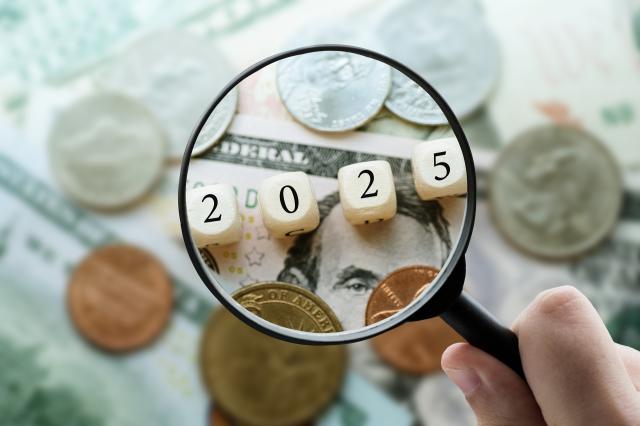Is Intel the Tech Industry Equivalent of the 2025 New York Giants?

As a lifelong New York Giants fan, it’s been hard to suffer through the 2024 season, culminating last weekend in the Giants’ most recent debacle, losing to the below-average New Orleans Saints on a botched field goal in the last seconds of the game.
In my disgust in the aftermath of the game, it occurred to me: Is present-day Intel the equivalent of the 2024 Giants? It sounds like a ridiculous question, but the similarities are eerie.
Let’s face it: The two titans of their industries — the New York Giants in professional football and Intel in technology — have struggled through severe scrutiny and poor performance the past few years. Both were once at the top of their fields, making headlines and defining periods, so it’s easy to draw analogies between them.
For the Giants, simply beyond the sheer shoddiness of the on-field performance over the past few years (the team hasn’t been to the Super Bowl since 2012), management made one of the most idiotic decisions of all time before the season began by extending a questionable long-term contract to “franchise” quarterback Daniel Jones and allowing Saquon Barkley to sign with its divisional rival, the Philadelphia Eagles. Now, Barkley is having one of the greatest seasons of all time for a running back.
As for Intel, the company has struggled to maintain market share in the PC space over the past few years, conceded the smartphone space after it passed over Apple’s request for a suitable silicon solution for its iPhone in 2007 (which would have ecosystem ramifications that Apple has taken advantage of), not to mention missing the overall industry movement to Arm-based architectures for mobile devices and even laptops.
Both organizations are currently under fire for their (at least perceived) inability to give fans and customers a modicum of faith that turnarounds were in the making. Although there are similarities between their difficulties, a deeper examination shows that Intel’s problems are essentially distinct from the New York Giants’ of 2024 and are being addressed in a way that distinguishes the company from them.
Giant Issues
The New York Giants, a legendary NFL team that has won four Super Bowls, was under tremendous pressure going into the 2024 campaign.
Recent years have been characterized by inconsistent play, dubious coaching choices, and poor player development. In today’s NFL, the team has had difficulty adjusting when creative play-calling and analytics-driven tactics are paramount.
The Giants have mostly failed to take advantage of their chances despite brief flashes of potential, which has created discouraged supporters and experts doubtful of their prospects, as well as exasperating season ticket holders like me.
Difficulties Facing Intel
Intel used to be the undisputed leader in its industry. The company literally controlled the semiconductor market for many years, establishing the chip innovation and performance benchmark. But a slew of upheavals in the 2020s put its hegemony in jeopardy. The emergence of rivals like AMD and Nvidia and the advanced manufacturing technology pioneered by Taiwan Semiconductor have compelled Intel to confront its weaknesses.
The leading cause of Intel’s problems is the company’s delay in switching to sophisticated manufacturing nodes. Due to setbacks with its 10nm and 7nm nodes, Intel lost market share in essential categories, while Taiwan Semiconductor and Samsung advanced with their state-of-the-art 5nm and 3nm processes. These challenges were exacerbated by the increasing use of Arm-based architectures, especially in AI and mobile applications, where Intel’s x86 architecture has struggled to stay competitive.